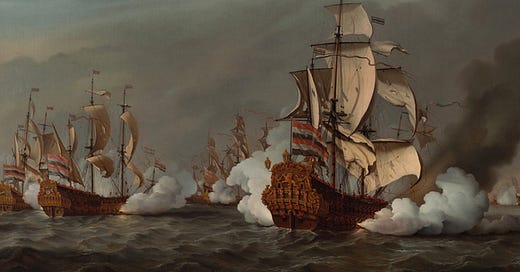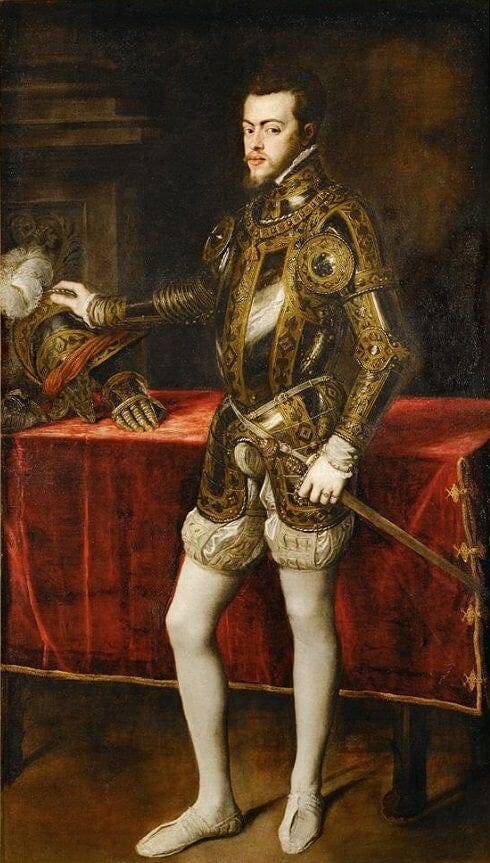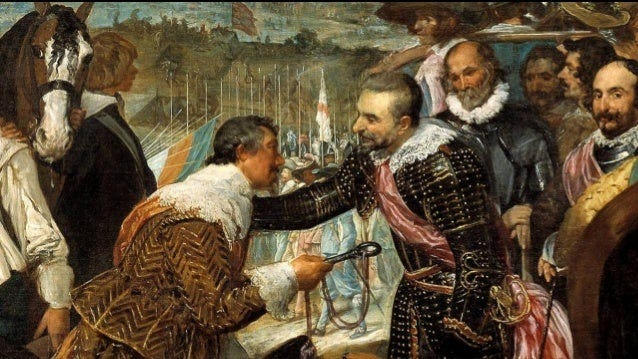Why does one nation go by two names? Is it Holland? Or The Netherlands?
It is even worse: in Dutch, we use yet another name: Nederland (singular). The country's official name is Koninkrijk der Nederlanden (Kingdom of the Netherlands). It says so in my passport, but nobody uses this in daily life.
In general, English speakers call my country The Netherlands. As I said, we don’t use the plural, so it always sounds strange to me. They also refer to it as Holland. Yet, Americans seem reluctant to use the latter because they think the Dutch don't like it.
In the 17th century, the Dutch enjoyed sinking English ships
There is some truth to that. People from the south of the Netherlands think people from the west (the province of Holland) are arrogant loudmouths. They refer to them as Hollanders, and it is not meant as a compliment. This goes back hundreds of years, but this is a story for another time. They don’t mind if foreigners say Holland, though.
But it gets even more confusing:
The Netherlands and Holland are both wrong!
Let me explain why.
The Netherlands means the Low Countries. Those are the lands stretching along the North Sea, from Frisia in the north to the north of France, with Flanders in between. As the name implies, it is a low and flat country, lower than the lands more to the East. Thus, the Netherlands refers to a geographic region twice as large as the current country.
How come?
In the 16th century, the Low Countries comprised a patchwork of dukedoms, bishoprics, and free cities in modern Belgium and The Netherlands. They were all ruled by the House of Habsburg. This family had acquired these lands mainly through marriages.
It was not a political unity. Every dukedom, every city, and every bishopry had its own ancient rights and duties. The king, Philip II, who also ruled Spain, didn’t like this arrangement. He had inherited the Low Countries from his father, Charles V, and wanted to streamline the rules and regulations. He took away certain rights and privileges and implemented an income tax of 10 %. Nowadays, the Dutch would die for such low taxes, but our ancestors didn’t want any of it.
Furthermore, there was the question of religion. The Low Countries were a center for the Protestant religion. Being a devout Catholic, the king wanted to destroy Protestantism and burned heretics at the stake if the Inquisition could get hold of them.
For these reasons, the inhabitants of the Low Countries revolted, and war broke out.
When full-scale war broke out in 1568, both the Southern and the Northern Low Countries rebelled against the king, 17 provinces in total.
During the eighty years the war lasted, cities were taken and retaken, provinces changed alliances, and diplomats arranged truces. When the dust had settled in 1648, seven northern provinces were officially granted independence from Spain and became the Republic of the Seven United Provinces of the Netherlands (and protestant), and the rest remained part of the empire of the Austrian branch of the Habsburg family and thus were named the Austrian Netherlands, with catholicism as the only approved religion. Eventually, the southern, Austrian provinces became present-day Belgium, and the northern provinces the Netherlands
So only half of the Low Countries, or Netherlands became the present-day country. Still, the older name persisted.
Why then also the name Holland?
Holland refers to a part of the Low Countries in the northwest. The biggest cities, Amsterdam and Rotterdam, are here and the capital, the Hague. In the Middle Ages, this area was covered in forest. In old Dutch, 'wood’ is called ‘holt’; thus, the region was known as holtland. In time, the name morphed into Holland.
In the 17th century, this was the country's most prominent and successful part. The Dutch East India Company (the first publicly traded company in history) was created in Amsterdam in 1603 and founded trading posts all over the world, fighting with the English (among others) over their possession. That’s why the English used the name Holland for the country, and the name stuck.
The Dutch themselves only use Holland when national sports teams play. During soccer games, we shout" Holland, Holland!” to cheer the team on." (The Netherlands, the Netherlands!” doesn’t sound as snappy, you will agree). Apart from that, we say Nederland. The teams wear orange because the name of the Dutch royal family is the House of Orange. This is because the nobleman who led the revolt that started the Eighty Years’ War was William of Orange, and our royal house is from the same family.1
“Holland, Holland!”
To sum it up:
The name the Netherlands is over-sized, and the name Holland under-sized.
To use a metaphor: The actual country is a size 40, The Netherlands is a size 48, and Holland is a size 32.
Then there is the word 'Dutch”. This used to refer to all the Germanic languages. In the German language, Deutsch is the word for German. We don't use that word nor something sounding remotely similar. The confusion still exists today, e.g., the Pennsylvania Dutch came to the US in the 17th and 18th centuries onwards not from the Netherlands but from Germany and speak a German dialect.
Fun fact: in 1688, the Dutch conquered England, and the Dutch ruler, William III, became king of England. Conveniently, everyone seems to have forgotten this.
So, what should you call our country?
You can call it Holland Or the Netherlands. It’s all fine by us.
This is a map of the Netherlands from around 1600. They are more than twice the size of the present-day country. They reached further south than Dunkirk (Dunkerque on the map). The border between the present-day Netherlands and Belgium is more or less the line between yellow and green. Later, a “tail” was added in the southeast (green and yellow). The province of Holland is in the west.
They are not direct descendants because the great-grandson of Wiliam of Orange, William III ( king of England at the time), died without issue in 1703. Thus, another branch of the family inherited his Dutch titles.








